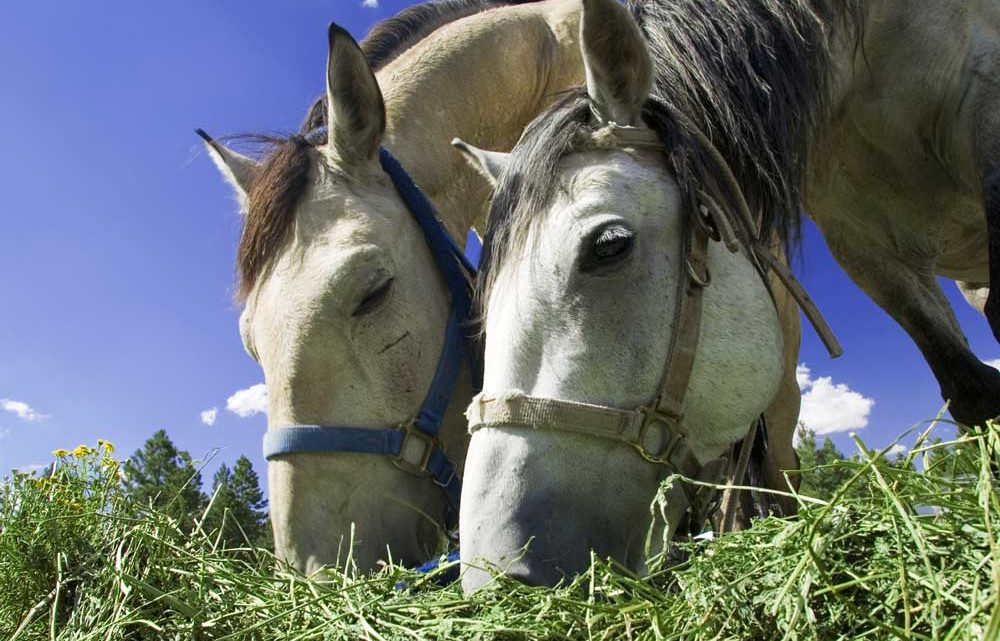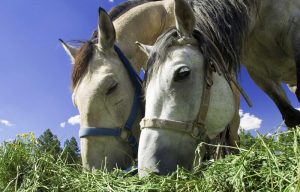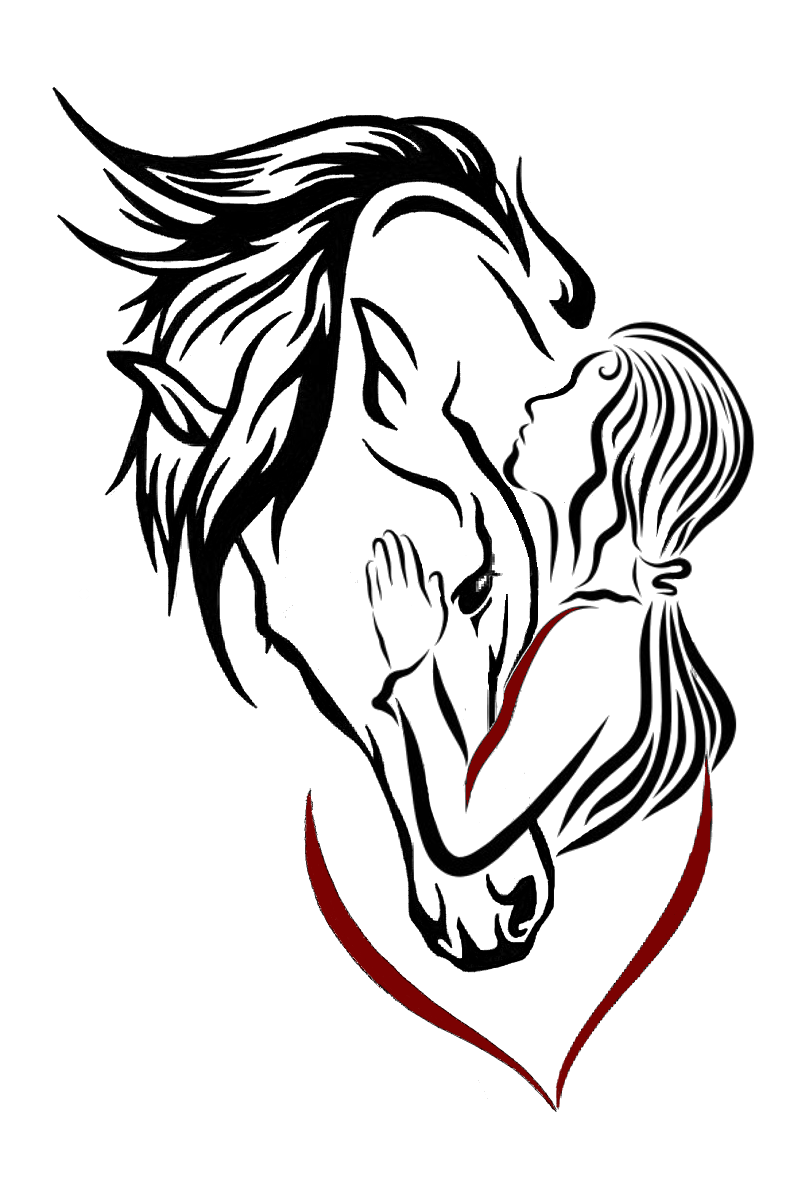Diet Changes for the Senior Horse

As horses age, they may need some special considerations and diet changes to help them maintain optimal health.
them maintain optimal health.
At the time they erupt, a horse’s cheek teeth are approximately 4” in length (including the exposed/erupted part and the portion within the jaw). These teeth wear down over time, but will last the horse between 20 and 25 years.
Changes in the Older Horse
The senior horse may have issues chewing even when his teeth appear to be in good shape. This is due to changes in the “Curve of Spee”. The Curve of Spee refers to the angle of chewing surfaces in the teeth of the mandible (the lower jaw). As the teeth wear, the angle changes and chewing forces become less powerful.
The classic sign of ineffective chewing is quidding – the formation of wads of partially chewed hay that are too large to be swallowed and drop out of the mouth when the horse tries to eat. However, quidding is a rather advanced sign and may not always appear. A more reliable indication of poor chewing is a horse that begins to lose weight despite getting adequate calories. These horses also typically do much better on pasture, which is high in moisture and easier to chew, than they do on hays.
Diet Changes
Once it’s determined that the horse needs a diet change, there are several options to choose from. Some horses will be fine on a chopped bagged hay. Some people buy or borrow a chipping machine and make their own chopped hay.
Chopped hay pieces are at least 1” long; this removes some of the work needed for chewing, but not all. It isn’t a substitute for the crushing, mashing and mixing with saliva that normal chewing accomplishes. If dry chopped hay is not working to keep the horse’s weight up, switch to hay pellets or cubes, and serve them soaked.
Horses vary in how wet they like these pellets or cubes. Some like them just moist enough to barely crumble, while others will eat/drink their hay in soup consistency. As a general rule, the more water the better. This makes the feed similar to pasture and improves digestibility. It also helps protect against choking.
Another alternative is to add beet pulp to the diet and substitute it for a portion of the hay – either the original hay, or a substitute as above. A veterinarian or nutritionist can help you work out the most effective plan. Beet pulp has the caloric equivalent of plain oats, and roughly twice that of hay. You need to figure out your horse’s current weight, versus the weight the quantity of hay he’s eating would normally support. Beet pulp is then added, or substituted for part of the hay, to make up the difference.
The most expensive option is to switch completely to a senior or regular complete feed, or to substitute it for at least part of the hay. A complete feed is one that can be fed without hay, if necessary.
The final consideration is to make sure the horse has sufficient time to consume his meals, in an environment where he will be protected from other horses. As they age, horses tend to fall to lower positions of status within the herd. If you protect your chewing challenged senior from competition and provide a diet he can digest well, he will thrive.
Eleanor Kellon, VMD, currently serves as the Staff Veterinary Specialist for Uckele Health & Nutrition. An established authority in the field of equine nutrition for over 30 years, Dr. Kellon is a valuable resource in the field of applications and nutraceuticals in horses.
Founded in 1962, Uckele Health & Nutrition has been a trusted leader in the formulation, development and manufacture of quality nutritional supplements for 50 years. uckele.com
